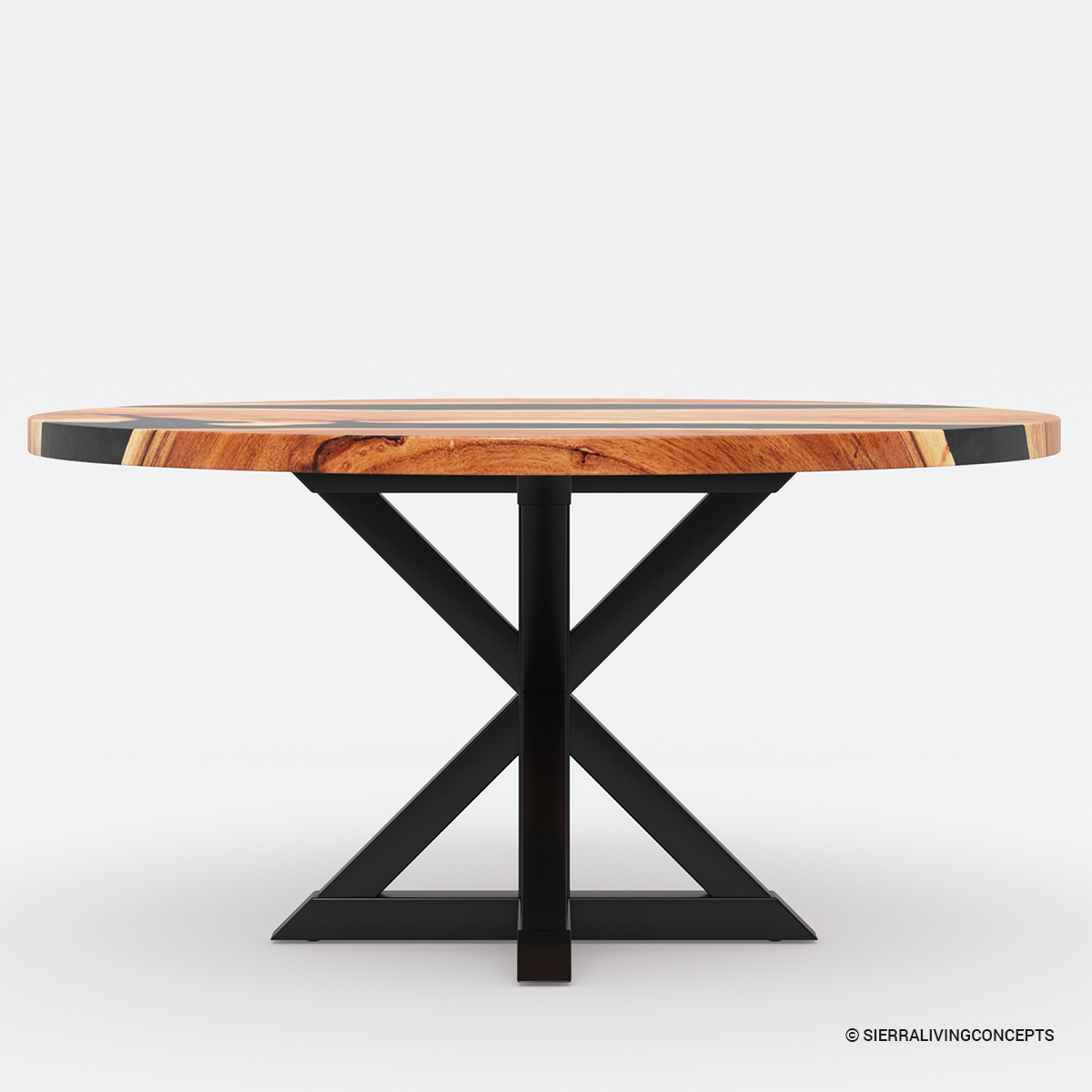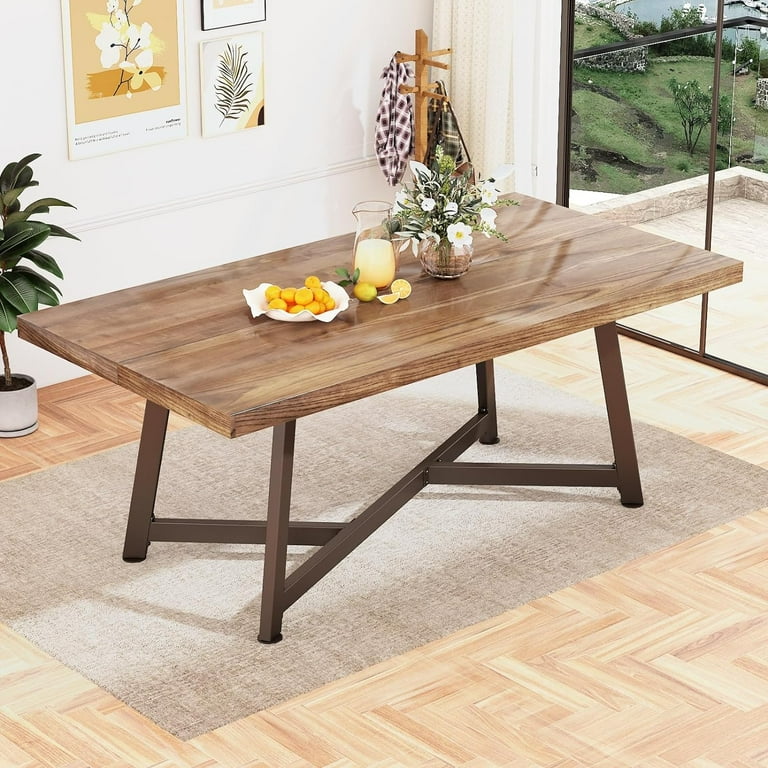Upgrade Your Furniture with Custom Dining Room Table Legs
Upgrade Your Furniture with Custom Dining Room Table Legs
Blog Article
From Standard to Modern: Locate the Perfect Dining-room Table Legs for Your Design
The option of dining-room table legs plays a pivotal duty in defining the general character of your space, bridging the space in between typical workmanship and contemporary aesthetics. While classic styles such as cabriole and turned legs evoke a feeling of classic elegance, contemporary designs like barrette and geometric options present an opportunity for striking aesthetic passion. Evaluating the ideal balance in between these styles calls for a nuanced understanding of your existing decoration and individual preference. As you think about these components, the concern stays: how can you flawlessly integrate these varied leg designs to produce an unified eating experience?
Understanding Table Leg Styles
The range of dining-room table leg designs can dramatically affect both the appearances and functionality of the area. Each leg design adds one-of-a-kind visual aspects and useful features, dealing with diverse style choices and usage needs. Recognizing these designs is essential for choosing the best table that lines up with your general interior layout vision.
As an example, conical legs provide a tidy, traditional look that can improve a room's elegance, while pedestal bases offer security and take full advantage of legroom, making them excellent for smaller spaces. Hairpin legs, a hallmark of mid-century modern-day layout, introduce an industrial style, enabling for an airy, open feel. Trestle legs stimulate rustic appeal, supplying robust support and a feeling of eternity.
Furthermore, the choice of materials plays a significant duty. Wood legs can bring heat and appearance, whereas metal choices usually share a streamlined, modern ambiance. Eventually, recognizing table leg designs is important for creating a cohesive eating location that mirrors individual style while making certain functionality and convenience. By attentively thinking about these aspects, you can boost both the practical and aesthetic appeal of your dining room.
Standard Table Leg Options
When selecting dining room table legs, standard alternatives usually embody classic elegance and workmanship. These styles show a rich heritage and a commitment to quality, making them suitable for those who value traditional aesthetic appeals.
One of one of the most famous typical leg styles is the cabriole leg, identified by its elegant curved form. This style frequently features decorative carvings and is most generally discovered in Queen Anne and Chippendale furnishings. One more prominent choice is the transformed leg, which boasts a series of smooth, rounded forms that offer a timeless appearance while keeping stability.
In addition, the straight leg, while easy, supplies a basic and strong framework that can blend seamlessly with a range of tabletop styles. For those attracted to ornate detailing, claw-and-ball feet legs evoke a sense of majesty and can serve as a stunning prime focus in any eating space.
Finally, pedestal bases, although not strictly legs, give an alternate standard option that permits adequate legroom and can be beautifully sculpted. Each of these standard leg styles adds to the general ambiance of a dining-room, marrying feature with visual allure.

Modern Table Leg Layouts
Modern table leg designs supply a diverse variety of designs that stress cutting-edge materials and clean lines. These designs often prioritize capability while working as striking prime focus within a dining area. Minimal aesthetic appeals prevail, with legs crafted from products such as steel, glass, and crafted wood, which add to a ventilated and modern feel.
One preferred style is the hairpin leg, defined by its slim, conical structure that offers security without frustrating the table top (dining room table legs). This design is often found in mid-century modern furniture and can effortlessly complement different dining table shapes. One more trend is using geometric forms, where legs may handle unbalanced or angular types, including aesthetic passion and a touch of creativity

Blending Designs for One-of-a-kind Areas
Frequently, home owners look for to produce special dining rooms that mirror their personal design by blending different style elements. This technique enables the consolidation of varied looks, resulting in an unified yet distinctive environment. Combining a rustic wooden table with sleek, contemporary steel legs can create an attractive contrast that raises the area's overall charm.
Furthermore, integrating vintage table legs with modern table tops can evoke a sense of background while maintaining a modern perceptiveness. Such mixes not just display individual preference yet also urge creativity, enabling house owners to curate an area that use this link really feels both individual and welcoming.
Shade plays an important duty in this blending process; choosing table legs that match or comparison with the existing color pattern can boost visual passion. As an example, whitewashed legs can soften the boldness of a dark table surface, producing a balanced aesthetic.
Tips for Picking the Right Legs
Selecting the right table legs is crucial for achieving both performance and visual charm in your eating space. Begin by considering the total style of your space. Conventional setups gain from legs that include intricate carvings or turned layouts, while contemporary rooms might require streamlined, minimal styles.
Next, evaluate the advice height and security of the legs. dining room table legs. Common table vary in between 28 to 30 inches in elevation, so make certain the legs enhance this dimension for comfort. In addition, durable products, such as wood or metal, can improve stability and durability
Evaluate the leg shape as well-- choices consist of right, tapered, or pedestal layouts. Straight legs use a classic appearance, while tapered legs can add a touch of elegance. Pedestal bases provide enough legroom and are suitable for smaller spaces.
Final Thought
In recap, picking the excellent dining area table legs requires cautious factor to consider of both traditional and contemporary styles. By harmonizing leg style, elevation, and material with the general decoration, a cohesive and welcoming ambience can be achieved.
The variety of dining space table leg styles can considerably affect both the visual appeals and functionality of the space. Ultimately, comprehending table leg designs is necessary for producing a cohesive eating location that mirrors individual design while guaranteeing usefulness and comfort.One of the most renowned conventional leg designs is the cabriole leg, defined by its graceful curved shape. Straight legs provide a classic appearance, while tapered legs can add a touch of beauty.In summary, picking the optimal dining space table legs requires careful factor to consider of both modern-day and standard designs.
Report this page